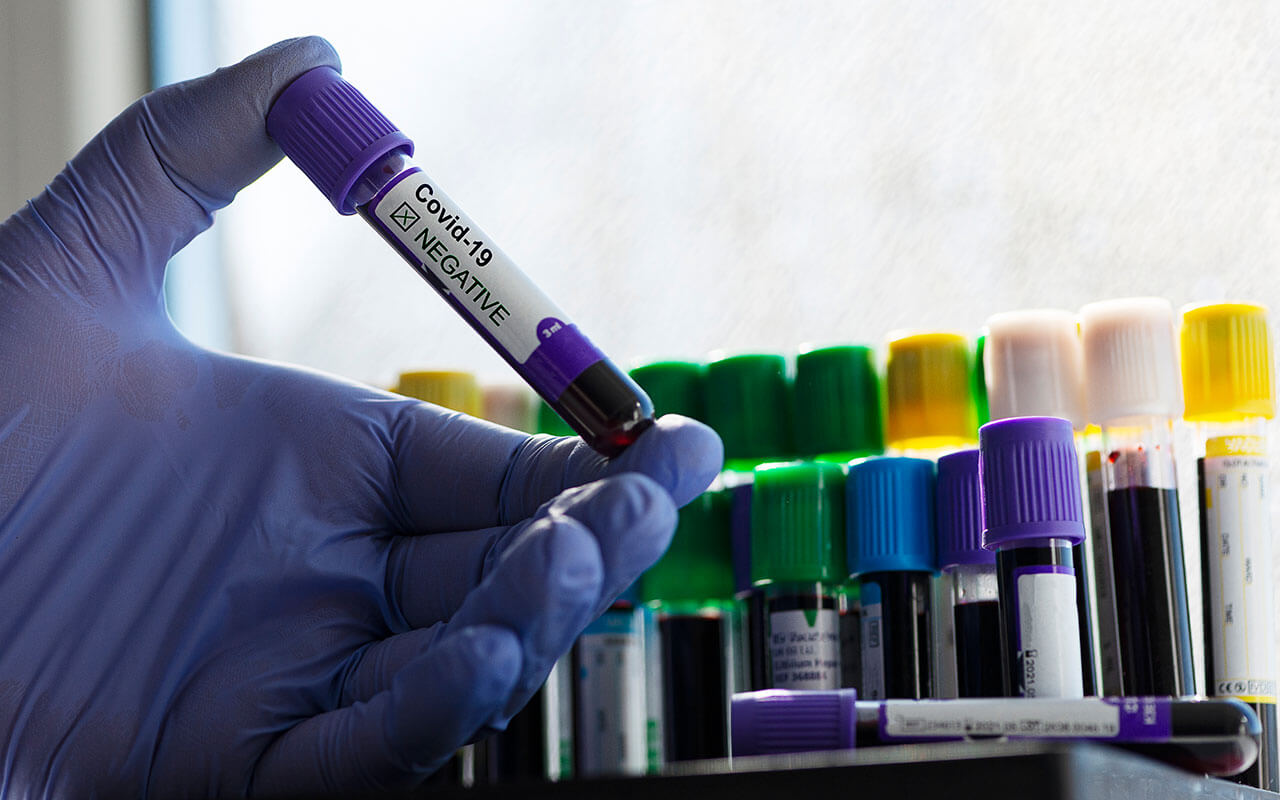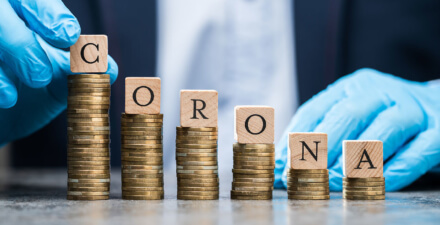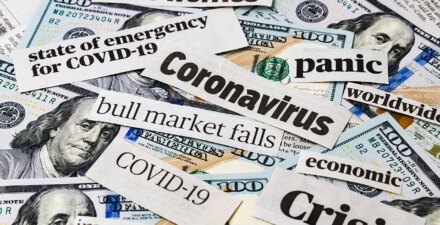Where should the marginal dollar go in U.S. fiscal policy—to testing or to the safety net—amid a pandemic-induced economic downturn?

In our recent working paper, “An SEIR Infectious Disease Model with Testing and Conditional Quarantine,” the two of us and Simon Mongey, an assistant professor of economics at the University of Chicago, explored the role of widespread coronavirus testing programs and argued that testing greatly alters the trade-off between economic output and deaths faced by a country dealing with a pandemic. We are not epidemiologists, so our calibrations were more illustrative than quantitative. But the main point is quite robust: Targeted quarantine and widespread testing can be combined to both lower deaths and increase economic output.
Testing enables a government to tailor quarantine policies, reduce subsequent infections, and put those who test negative back to work sooner. We came to this conclusion by simulating an infectious disease epidemiology model known as SEIR, which stands for Susceptible-Exposed-Infectious-Recovered, with both testing of asymptomatic individuals, as well as conditional quarantine. Conditional or targeted quarantine policies simply allow the government to prescribe quarantine based on the results of the tests.
In particular, in our model, we allow those who test negative to be released from quarantine and return to work. We also assume that our testing program is very effective (no false negatives), and that the government continues to follow individuals’ health after their initial tests. This assumption is a stand-in for the bundles of tests being conducted on individuals and/or the health and contact tracing applications used in China, Singapore, and other countries.
As a consequence, our model demonstrates that our suggested strategy—and many other strategies being discussed in the current policy debate—would require millions of tests per day. While such demands for large-scale testing seemed infeasible in the middle of March 2020, when we completed our working paper, there now appears to be a consensus among epidemiologists that testing capacity must increase at least threefold in the United States before public health officials can begin to relax measures to “flatten the curve” of infections and deaths from COVID-19, the disease spread by the new coronavirus.
The United States currently does not have the capacity to process millions of individual tests per day, and testing capacity has leveled off in recent days at roughly 150,000 samples per day. Reaching significantly higher levels of testing will likely require creative solutions such as pooling multiple tests and, perhaps more importantly, direct government investment in testing. As we write this column, current federal test funding is being negotiated in Congress, although future funding burdens are likely to fall to the states.
Two clear economic questions arise from epidemiologists’ consensus view that many more tests are needed. How does the marginal government dollar spent on testing compare to the marginal government dollar spent on safety net programs in the midst of a sharp economic downturn? And where does society receive the biggest bang-for-the-buck?
We do not have the answer to these questions. And, to our knowledge, there are no existing studies that examine the optimal mix of standard fiscal tools in combination with direct spending on testing. Yet answers to these questions are critical as policymakers near a third round of fiscal stimulus in April and contemplate a fourth round later this spring or early summer amid the continuing debate over direct federal funding of state testing.
Given the cross-state nature of this pandemic, as well as potential state budget shortfalls due to the swift and deep economic downturn, federal spending on testing may be necessary to control cross-state COVID-19 transmissions and relax cross-state travel restrictions. There is clearly a trade-off between directly investing in testing and potentially shortening the duration of the coronavirus pandemic vis-a-vis spending more on safety net policies to help households weather reduced economic activity.
Our research suggests that investing in large-scale testing programs may reduce deaths and increase economic output by allowing for more tailored quarantine policies. But given the sharp decline in incomes following the widespread loss of jobs and the subsequent knock-on effects working through defaults in credit markets, significant funds must remain devoted to safety net policies.
Answers to the two questions posed in this column will require a combination of so-called frontier epidemiological models, which allow for both testing and conditional quarantine nested in economic frameworks that allow for the governments to optimize over standard fiscal tools, such as business taxes and subsidies, labor taxes, unemployment insurance, and other safety net programs. While this is an arduous task, we believe the payoff to society of developing frameworks capable of answering this question now, and in the future, is beyond measure.
—David Berger is an associate professor of economics at Duke University. Kyle Herkenhoff is a senior economist at the Federal Reserve Bank of New York, and his views expressed in this column are his own and do not necessarily reflect the position of the Federal Reserve Bank of New York or the Federal Reserve System.






